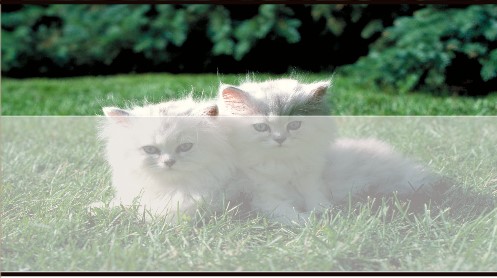

|
"Adopt an Animal Gain a Friend" |
|
|
|
|
![]()
Type & Age
|
What type and age of pet will best suit
your expectations and situation? 1. Dog or Cat Dogs, in general, will take more of a commitment in terms of time and training than cats. All dogs will need an education to get ahead in this world. Dogs, in general, will require much more training than cats, but many cats will need some instruction at some point in their lives. If everyone in your home is gone for 8 hours or more out of the day most days, you may want to consider adopting a cat(s), since cats tend to be more independent than many dogs. Don’t forget, however, that even though your feline companion may be more independent in nature than her canine counterpart, cats still need attention and love just like dogs. 2. Long-haired or short-haired In general, longer-haired animals will require more combing and grooming than shorter-haired animals. Be prepared to take extra time grooming your long-haired buddy. 3. Temperament Do you want an active animal who likes to play a great deal of the time or do you want a lap cat or a dog that likes to enjoy the world from his couch? An active animal will require more of your time, energy and patience than an animal who likes to take the world at a slower pace. If you have children, you will want a companion animal who likes to be touched and is not sensitive to handling and loud noises. 4. A Buddy for your Buddy Most pets like to have at least one animal buddy. You may want to adopt two animals who get along well with each other. If you will be introducing a new pet to a pet(s) already in your household, you should take that into consideration when choosing the new animal. Often it works well to introduce a younger, rather than an older, animal to an adult resident pet in your household – but not too young. From 4 to 14 months is a good age range for a puppy or kitten to be introduced to your adult pet. 5. Exercise requirements If you live in an apartment with limited easy access to the outdoors, you may do best with a dog that is smaller and can get plenty of good exercise in the house. But size is not the only consideration. A larger dog that likes to lounge around on the couch will do better in an apartment than a smaller dog who likes to run and jump a good part of the day and who requires a lot of physical exercise each day. 6. Breed Do your homework. Different breeds of dogs may be more likely to have certain characteristics. Choosing a particular breed of dog or a dog with a particular breed mixture that best matches what you are looking for in a companion animal will increase your chances of developing a wonderful, lifelong companionship with that animal. 7. Younger animals Younger animals will require more of almost all commitments. Kittens and puppies will take more time. They will take more training and socialization. Puppies will require time and patience to housetrain. For younger animals there will be greater costs for food, veterinary care, and training. Do not get a young animal unless you are prepared for this commitment. A young animal that is deprived of what he needs early in his life will suffer the consequences for the rest of his life. 8. Older animals Adopting an animal that has already grown out of his childhood and adolescent period has many advantages. You will be better able to judge the personality and temperament of the animal that you are adopting. An older animal will require less training. If you lack the time or patience to housetrain a puppy and teach him how not to chew and jump up on people, you may be better off with a dog that has already passed his “puppyhood” and adolescence. With an older animal you will know what the animal will look like in adulthood. By the time a cat or dog is about 6 months old, you will be able to see what the animal will look like as an adult. By this age you will also have a much better idea of what his adult temperament will be. If you have children under 6 years old, a puppy or kitten under 4-6 months may not be a good match. Younger children may not understand that they can hurt the young animal and could unintentionally harm your new pet. |
![]()
![]()
![]()
Copyright © [2003] [Little Buddies Adoption and Humane Society].